Introduction
Do you know where Teide National Park is? You might be surprised to learn that Teide National Park is one of the most popular tourist destinations in Spain. The Teide National Park is a one-of-a-kind and captivating destination on the Spanish island of Tenerife. The park was designated a UNESCO World Heritage Site in 2007, and it is home to a diverse array of flora and fauna, as well as Spain’s highest peak: the majestic Teide volcano.
Teide National Park offers breathtaking scenery ranging from the moon-like terrain of the Caldera de Taburiente to the lush forests of the Anaga Mountains. Teide National Park is also home to several endangered plant and animal species, making it an important conservation area.
Whether you’re an avid hiker, on an excursion, a nature enthusiast, or simply looking to get away from the crowds and discover some of Spain’s hidden gems, this is the place to be. Teide National Park is a very popular tourist destination in Europe receiving up to 4 million tourists yearly.
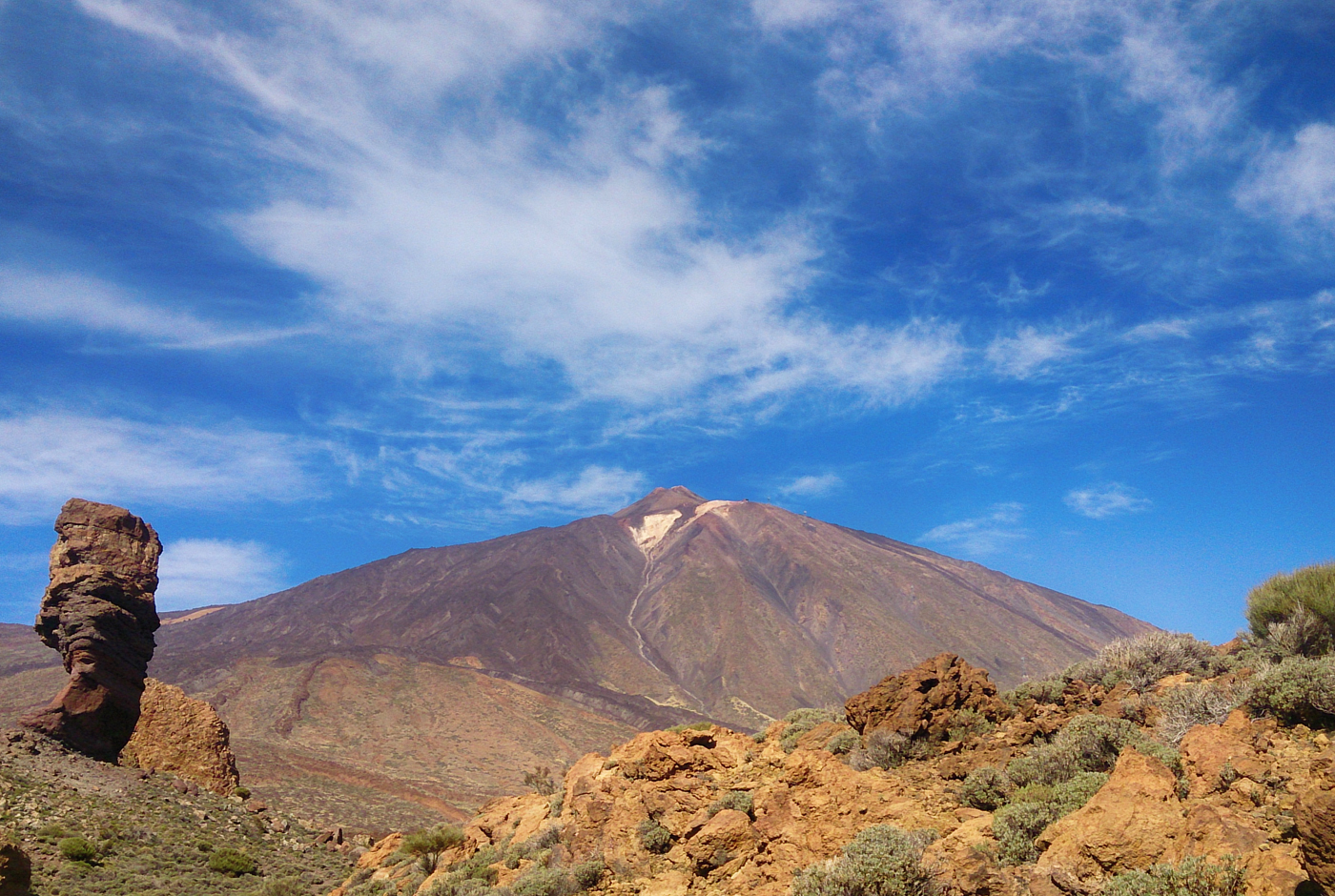
History of Teide National Park
It is exciting to learn about the history of Teide National Park and its surrounding area! Teide National Park is a Canary Islands national park located on the island of Tenerife. It was designated a national park in 1954 and a UNESCO World Heritage Site in 2007. The park is approximately 18,990 hectares (46,850 acres) in size and is home to a variety of unique flora and fauna, including the Canary Island pine, Tenerife blue chaffinch, and Tenerife lizard.
The park is named after Spain’s highest mountain, the Teide volcano, which is also the world’s third-highest volcano from its base on the ocean floor. The park’s main feature is the Teide volcano, which is considered sacred by the indigenous people of the Canary Islands. The park also contains several other volcanoes, including Pico Viejo, which last erupted in 1909.
Teide National Park has a rich cultural history in addition to its geological and ecological significance. The Guanches, the indigenous people of the Canary Islands, revered the Teide volcano as a sacred site and believed it to be the home of their gods. The park also contains several historical and culturally significant ancient structures and artifacts, such as ancient rock carvings, caves, and the remains of pre-Columbian settlements.
Teide National Park is now a popular tourist destination, attracting visitors from all over the world to see the park’s unique flora and fauna, stunning landscapes, and cultural and historical sites. Many scientists and researchers are studying the park’s unique ecosystems and working to protect and preserve them for future generations.
Accessibility to Teide National Park
Do you know how to get to Teide National Park? To visit the park, you can either enter through the park’s main entrance or take the cable car from the town of Puerto de la Cruz. There is a fee to enter the park, and you can purchase tickets online or at the park entrance. If you wish to hike to the summit of Mount Teide, you will need to obtain a special permit from the park authorities. This can be done online or in person at the park’s visitor center.
There are also several guided tours available that allow you to explore the park with a knowledgeable guide. These tours typically include transportation to and from the park, as well as a guided walk through the park’s main attractions. Overall, Teide National Park is a popular tourist destination that is easily accessible to visitors who wish to explore its beautiful natural surroundings. Depending on your mode of transportation and your plans for exploring the park, there are several ways to get there. If you’re driving, take the TF-21 or TF-38 roads to get to the park. If you’re taking public transportation, you can get to the park from Santa Cruz de Tenerife or other nearby towns.
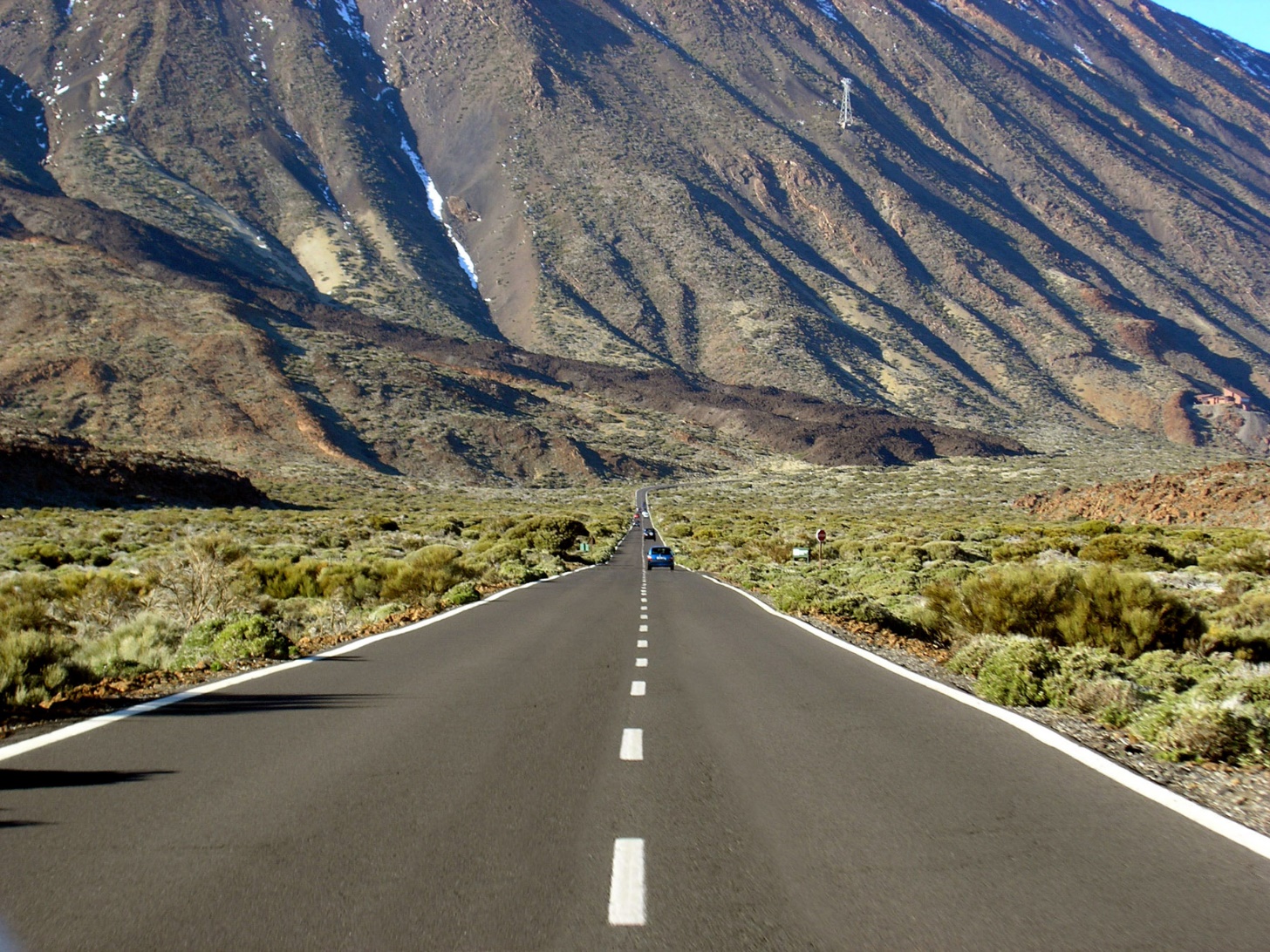
Once you’ve arrived at the park, you can go exploring on foot, by bike, or by car. Guided tours, both on foot and by vehicle, are also available and can provide more in-depth information about the park’s history and natural features.
It should be noted that some areas of the park, including the summit of Mount Teide, require an advance permit. If you plan on visiting the Mount Teide area, check the park’s website or contact the park directly for more information on obtaining a permit.
Teide Tourist Attractions
Teide National Park arguably has the most fascinating tourist attractions you will find anywhere. The Teide National Park is also home to a variety of plant and animal life, including the endangered Teide violet and the Teide dragon tree. In addition to hiking and climbing, visitors to the park can also enjoy stargazing, as the Teide National Park has been designated as a Starlight Tourist Destination. Other popular activities in the park include guided tours, bird watching, and picnicking. Coupled with the fact that it is located in the heart of a region known for its dramatic landscapes, untouched nature, and rich cultural heritage. The Teide National Park encompasses more than 5,000 square kilometers and features breathtaking hiking trails and views of Arenas Bay and Mount Teide.
It is home to several natural attractions, including the following:
Mount Teide
It’s been a long time coming, but the first commercial airline service to reach Mount Teide has now commenced. What are your thoughts? The new airline service, called Volcanic, offers flights that take passengers up to an altitude of 4,300 meters (14,100 feet) to view the volcano from above. Previously, only tour operators could access the summit. Teide’s base is situated in the Las Cañadas crater, which is the remains of an extinct, older, and eroded volcano at a height of 2,190 m (7,190 ft) above sea level. At 3,718 meters (12,198 feet), Mount Teide is Spain’s highest peak and the world’s third-highest volcano. It is an active stratovolcano, with the most recent eruption occurring in 1909. Visitors can also take a cable car or hike to the top of the mountain. Interestingly, the area surrounding Mount Teide is home to several hot springs, making it a great place to relax and unwind.
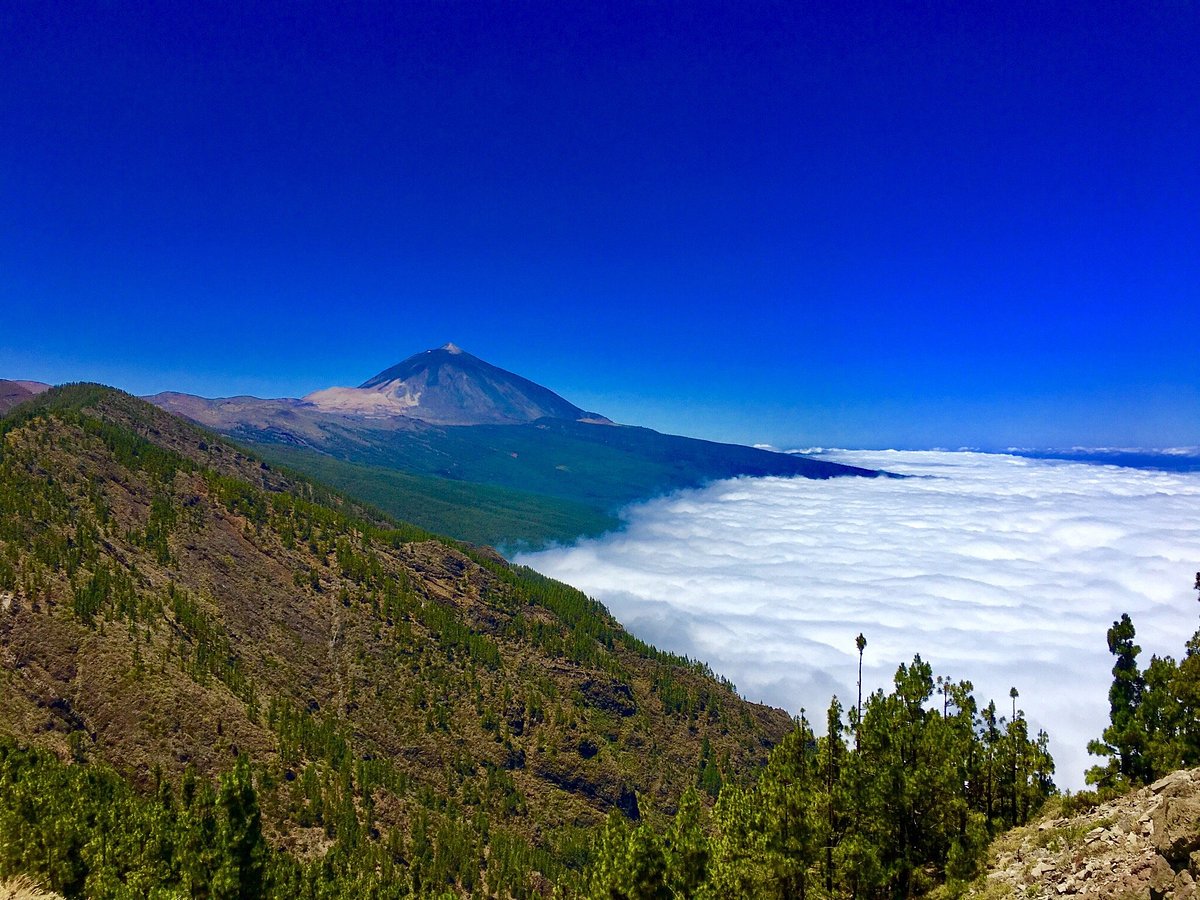
Some vital information you can consider related to Mount Teide include:
Mount Teide Half-day Tour
Is it worth spending the entire day climbing Mount Teide? The answer is that it depends on your interests and level of fitness. There are several options for half-day tours pending your interests and physical abilities. Some possible activities you might consider include:
Mount Teide Hiking
Several trails of varying difficulty lead to the summit of Mount Teide or other points of interest in the surrounding national park.
Teide Cable car ride
The Teide cable car ride to the summit of Mount Teide is a popular option for those who want to experience the beauty of the national park without the physical exertion of hiking.
Mount Teide tour
Several tour companies offer guided tours of Mount Teide, which may include a hike, a cable car ride, or both, as well as an explanation of the geology and history of the area.
Regardless of which activity you choose, it’s important to be prepared for the unique conditions of Mount Teide.
Eruption of mount Teide
Is it safe to go to the volcano? There’s no one answer to this question – it depends on the situation. Authorities always advise tourists to follow the advice of their tour operator or local authorities in each country. But in general, most volcanoes are quite safe and visitors can typically visit them without too much risk. Teide is a dormant volcano, which means that it is not currently erupting, but it has erupted in the past and could potentially erupt again in the future. The last eruption of Teide occurred in 1909, and there have been no significant eruptions since then. However, the volcano is still considered active, and it is possible that it could erupt again in the future. Several organizations monitor Mount Teide for signs of volcanic activity. The Instituto Geográfico National (IGN) is responsible for monitoring and studying the volcano, and they have a network of sensors and instruments in place to detect any changes in the volcano’s activity. The IGN also works closely with other agencies, such as the Servicio National de Seguridad y Emergencias (SINAE) and the Ministerio de Transporte, Movilidad y Agenda Urbana, to coordinate emergency response and evacuation plans in case of any volcanic activity.
Lunar Landscapes at Teide National Park
Teide National Park is home to several unique geological formations, including the Roques de Garcia, a group of volcanically formed rock towers. The landscape around Mount Teide is also lunar-like, with black volcanic ash and rock formations.
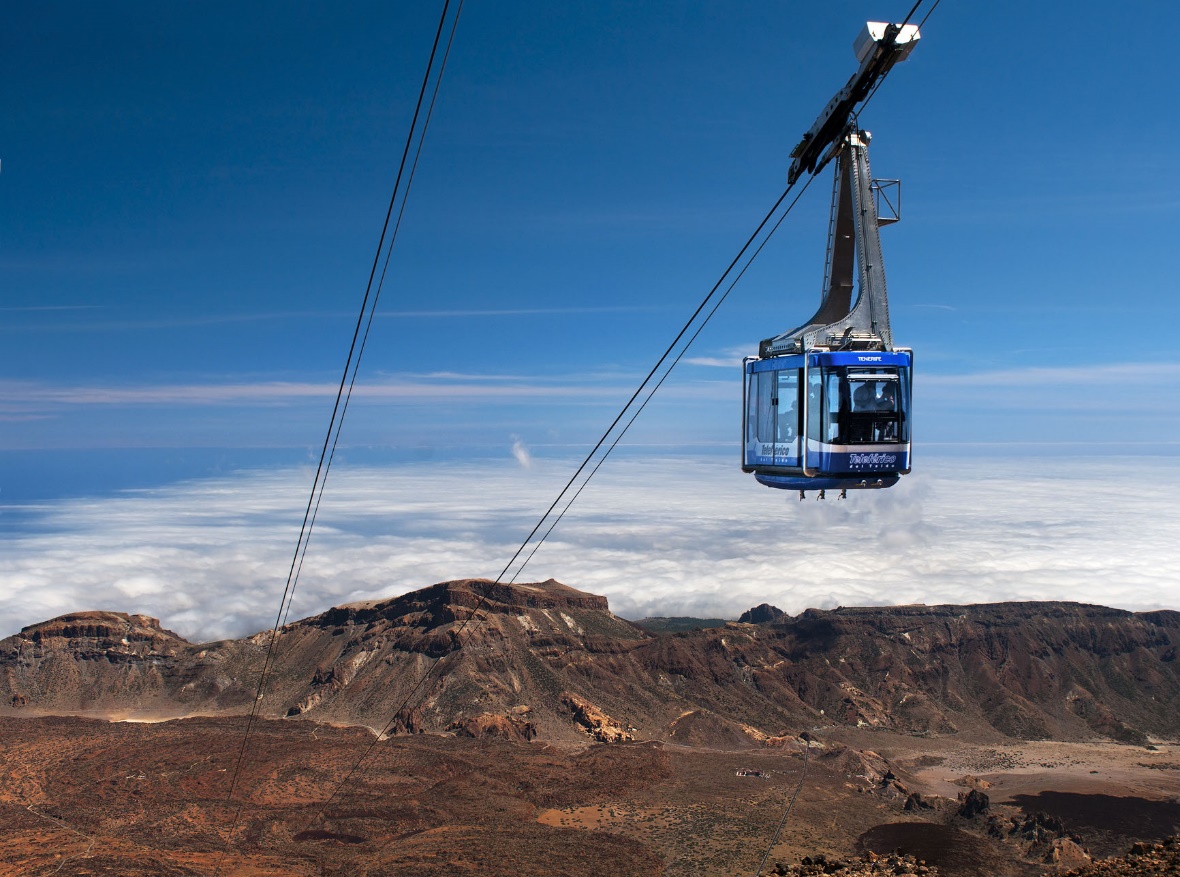
Teide By Night
The Teide National Park is a great place to experience the beauty of the night sky at night. The Teide by Night event is a guided tour of the park at night, during which visitors can see the stars, the moon, and the Milky Way in all their glory, as well as the otherworldly landscapes of the park, which are lit up by the moonlight. The tour also includes a visit to the Teide Observatory, where visitors can see the stars and planets through telescopes and learn about the history and science of the universe. The Teide National Park also contains several endemic plant and animal species, many of which are active at night. Some of these species, such as the Canarian owl and the Teide dragon tree, may be visible at night if you visit the park. Many of the trails in Teide National Park are open at night, allowing visitors to explore the park after dark. There are several guided night hikes available, during which you can learn about the local flora and fauna and see the park in a different light.
In addition, there’re several guided tours available to visitors that allow them to experience the park at night, such as hikes to the top of the volcano or night walks through the park’s trails. It is critical to plan ahead of time if you intend to visit the park at night.
Teide Cable Car Tickets
The Teide cable car is a popular tourist attraction on the Canary Island of Tenerife. It allows visitors to take a cable car ride up to Mount Teide’s summit. The cable car ride begins near the town of La Esperanza and takes visitors up to the Mirador station, which is located at an elevation of 3,555 meters (11,675 feet). Visitors can walk from there to the summit of Mount Teide, which stands at 3,718 meters (12,198 feet).
Depending on what you want to do at the top of the mountain, there are several ticket options for the Teide cable car. Consider the following options:
Teide One-way ticket
This ticket allows you to take the cable car up to the Mirador station but not back down. This is a good option if you intend to hike down the mountain or take the bus back to the base station.
Teide Round-trip ticket
This ticket includes the cable car’s ascent and descent, allowing you to travel up and down the mountain in one day.
Teide National Park ticket
This ticket gives you access to the cable car as well as other attractions in Teide National Park, such as the Teide Observatory and the Los Roques de Garcia.
It is advised to purchase tickets in advance, as the cable car can become extremely crowded during peak tourist seasons. Tickets can be purchased online or at the cable car base station.
Flora and Fauna at Teide National Park
There are several endemic plant species in the park, including the Teide violet and the Teide white broom. Some animal species live in the park, including the Tenerife lizard, Tenerife wall lizard, and Tenerife blue chaffinch.
Teide Stargazing
Because of its clear skies and lack of light pollution, a park is an excellent place for stargazing. The park has been designated as a Starlight Tourist Destination, a designation given to locations that provide exceptional conditions for viewing the night sky.
The Cave of the Vats
This is a series of lava tubes that were formed by volcanic eruptions. Visitors can take guided tours of the cave and learn about the geology of the park.
The Roques de García
This is a group of rock formations that are located near the summit of Mount Teide. They are a popular spot for rock climbing and hiking.
Overall, Teide National Park is a great place to visit for anyone interested in geology, nature, or outdoor activities. It is a unique and beautiful destination that offers something for everyone.
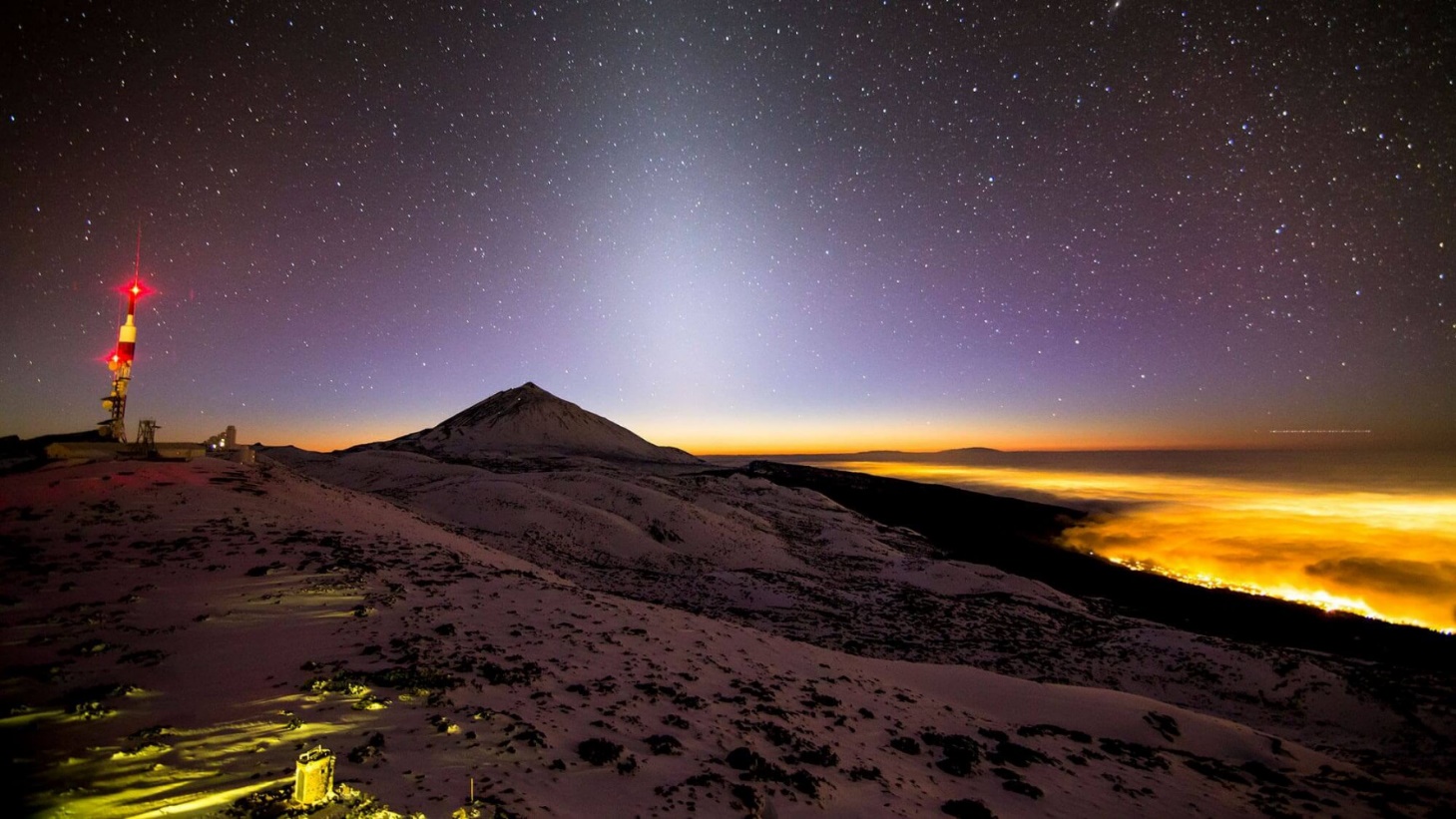
The Mount Teide Observatory
Located on the slopes of Mount Teide at an elevation of 2,390 meters (7,840 feet), the Teide Observatory is one of the world’s leading centers for astronomical research. It houses several telescopes and offers guided tours to the public.
Other Activities: In addition to hiking and stargazing, visitors to the park can enjoy a variety of other activities such as guided tours, bird watching, and geocaching.
Teide National Park Climate and weather
Isn’t it hot in Teide National Park right now? Teide National Park is located in the autonomous region of Galicia, northwest of Spain. The average temperature varies throughout the year and can be very warm at times and quite cold at others. Weather can have a significant impact on your visit to Teide National Park. The average temperature in the park ranges from around 20° Celsius (68° Fahrenheit) in the winter to around 28° Celsius (82° Fahrenheit) in the summer. The hottest is typically July and August, while the coldest is typically January and February. The park receives an average of just over 100 millimeters (4 inches) of rain per year. The majority of the rain falls between November and April, with very little falling during the hot summer months. Teide National Park’s weather is generally pleasant, with warm, sunny days and cool, comfortable evenings. However, it is critical to be prepared for extreme temperatures, particularly during the summer months, by bringing sunscreen, a hat, and plenty of water.
Teide National Park Cultural and Historical Sites
Do you want to visit some of the world’s most beautiful archaeological sites? Do you want to learn more about Teide’s ancient history and culture? A visit to Teide National park is a perfect destination for you. Teide is one of Spain’s first UNESCO World Heritage sites. It is home to some of Andalusia’s most iconic structures, including the Atlitos Tower and the Garcilaso de la Vega House. There are numerous ways to enjoy your trip to Teide, and the culture and the historical sites are quite amazing
Teide National Park Recreational activities
The park has been a home to the high peak in Spain, the stratovolcano Mount Teide, and is known for its unique and diverse landscape, which includes forests, lava fields, and other geological features.
There are many recreational activities that visitors to Teide National Park can enjoy, including:
Hiking at Teide
The Numerous trails throughout the park provide breathtaking views as well as the opportunity to explore the diverse landscape. The most popular hike is to the summit of Mount Teide, which is a challenging but rewarding 8-hour hike.
Teide Rock climbing
Because of the park’s unique geological features, rock climbing is a popular activity. There are routes for climbers of all skill levels, from novice to expert.
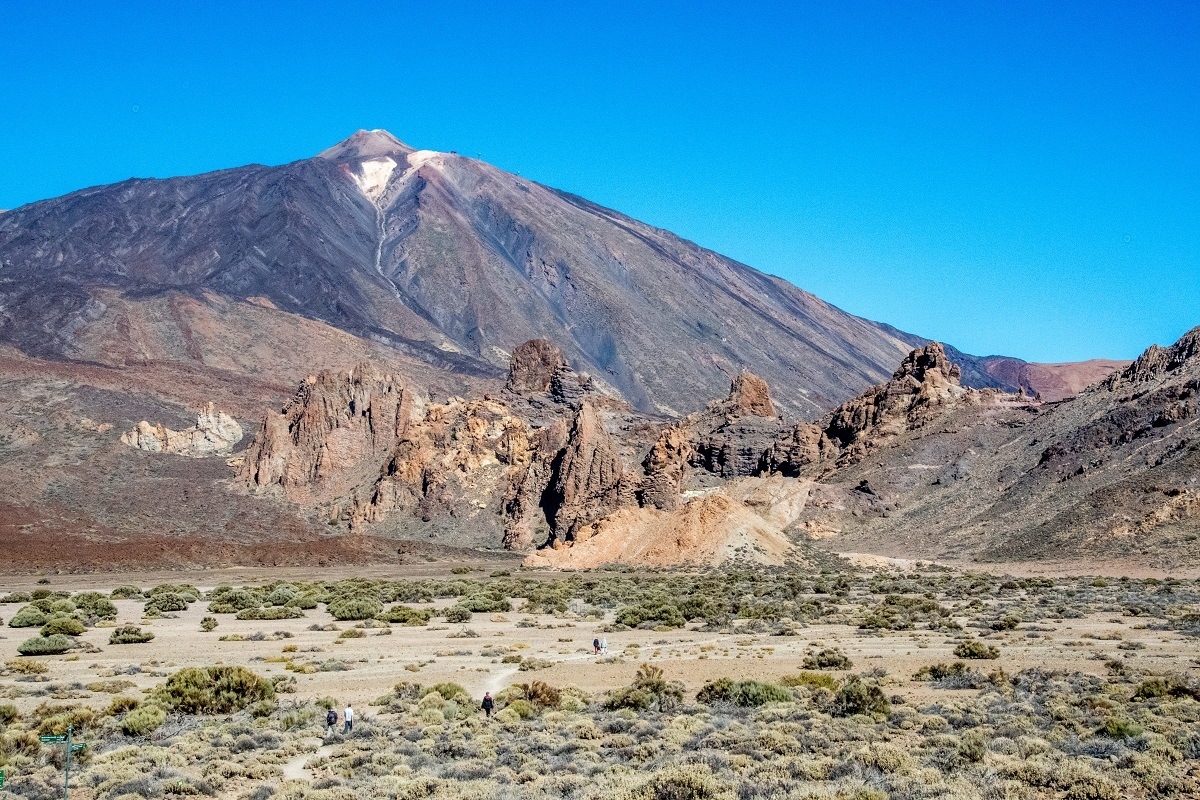
Teide Bird watching
The Park is home to a diverse range of bird species, including several that are only found in Tenerife. Visitors can either join a guided birdwatching tour or explore the park on their own to see a variety of birds.
Photography at Teide National Park
The Park’s unique landscape and stunning views make it a popular photography location. Visitors can take beautiful photographs of the park’s geological features, flora, and fauna.
Teide Festivals
There are many events and festivals held at Teide National Park throughout the year. Teide National Park hosts a variety of other events and festivals, including art exhibits, cultural events, and sporting events. The park also provides guided tours, educational programs, and other events in addition to these activities. Visitors should be aware that certain areas of the park may be closed to protect the natural environment.
Services and Facilities at Teide National Park
Teide National Park is one of Spain’s most recognizable landmarks. It is home to world-famous peaks, dramatic valleys, and some of Europe’s most diverse wildlife. It is also only 15 minutes from the city of Almera.
Teide National Park is 18,990 hectares in size and has 365 kilometers of single-track trails, including an easy wheelchair-accessible route around the park. It also supports over 400 bird species, 140 mammal species, and 120 reptile species.
If you’re planning a trip to Teide National Park, make the most of its many services and facilities.
Teide National Park offers a variety of services and facilities to visitors. These are some examples:
Information centers at Teide
Throughout the park, there are several information centers where visitors can obtain maps, brochures, and other information about the park and its attractions.
Rest areas, and Picnic Areas at Teide National Park
Throughout the park, there are several rest areas and picnic areas where visitors can take a break and enjoy a meal.
Hiking trails at Teide National Park
The Park contains several hiking trails ranging in difficulty from easy to difficult. Many of these trails provide breathtaking views of Teide National Park’s natural beauty and allow visitors to get up close and personal with the park’s flora and fauna.
Mount Teide Guided tours
The Park provides guided tours of its attractions, including Mount Teide, to give visitors a better understanding of the park’s history and natural environment.
Transportation at Teide National Park
Within the park, there are several options for transportation, including:
Walking at Teide National Park
The Park has several marked trails that allow visitors to explore the park on foot. The difficulty and length of these trails vary, and some may require a permit or a guide.
Teide Cycling
Bicycling in Teide National Park is permitted on certain park trails, and bike rentals are available at the park’s visitor center.
Teide National Park Bus tours
Several companies provide guided bus tours of the park, which can be a convenient way to see the highlights of the park without having to worry about transportation.
Private vehicle at Teide
Visitors can explore the park in their vehicles, though some areas are only accessible by 4×4 vehicles.
It is important to note that certain areas of the park, including the volcano’s summit, may be closed to the public for safety reasons. Always check with the park’s visitor center for the most up-to-date information on access and transportation options.
Accommodation at Teide Park
While there are many excellent accommodation options available at Teide National Park, the best way to maximize your experience is to research each option carefully. Here are some tips for finding the best accommodation in Teide National Park. The national park offers a variety of lodging options, including hotels, guest houses, and rentals:
Parador de Cañadas del Teide
Located within the national park, this luxurious hotel offers panoramic views of the surrounding landscape. It has a spa, an outdoor pool, and a restaurant.
Hotel Las Madrigueras
This charming hotel is located in the village of Los Realejos, just a short drive from the Teide National Park.
Teide Vacation rentals
There are also many vacation rentals available in the area, including apartments, villas, and houses. These can be a good option for families or groups who want more space and privacy
It’s a good idea to book your accommodation in advance, as the park is a popular tourist destination and availability can be limited during peak season.
Food and drinks at Teide National Park
There are several cafes, restaurants, and bars located within the park, offering a range of refreshments and meals. Within the Teide National park, several restaurants and cafes serve a variety of local and international dishes. Some of the restaurants in the park serve traditional Canarian cuisine, which includes dishes made with fresh seafood, potatoes, and vegetables from the island. Sandwiches, salads, and snacks like pastries and ice cream may also be available. It’s always a good idea to double-check the availability and opening hours of the restaurants ahead of time, as they can change depending on the season.
Aside from dining options within the park, there are several restaurants and cafes in nearby towns and villages that offer a variety of dining options. Traditional Spanish tapas bars, seafood restaurants, and international cuisine are examples. So, when it comes to dining at Teide National Park, you have plenty of options.
Souvenir shops at Teide National Park
Several souvenir shops are located throughout the park and sell a variety of souvenirs, gifts, and other items related to the park and its attractions.
Safety and Regulation at Teide National Park
Now let’s look at how to be safe while at the Teide National Park. The park is managed by the Government of Spain’s Ministry of Environment and Spatial Planning and is subject to many regulations and safety guidelines to protect its unique and fragile ecosystem. Visitors to the park must follow several rules and regulations to ensure their own and the environment’s safety while at Teide National Park. These include:
Cleanliness
Limiting littering and waste disposal to designated areas only.
Seek Permission
Obtaining permission from park officials before engaging in any scientific or research activities within the park.
Stick to well-marked trails
The Teide National Park has well-marked trails that are easy to navigate. Off-trail exploration is discouraged because it can be dangerous and harm the park’s fragile ecosystem.
Wear sunscreen
Because the park is located at a high elevation, it can be very sunny even on cloudy days. To stay hydrated, apply sunscreen, wear a hat, and bring plenty of water.
Dress appropriately
The Park’s trails can be rocky and uneven, so wear sturdy shoes and comfortable clothing. Also, be prepared for weather changes, as the park’s higher elevations can Make it colder.
Keep an eye out for wildlife
The Park is home to a variety of animals, including snakes and lizards. Keep an eye on your surroundings and give any wild animals you come across plenty of room.
Obey park rules and regulations
The Park has specific rules in place to protect its unique ecosystem. Keep all posted signs and regulations in mind, and don’t litter or disturb any plants or animals.
Overall, visitor safety is a top priority at Teide National Park, and park staff and rangers are available to answer any questions or concerns visitors may have. By following these safety precautions, you can help to ensure a safe and enjoyable visit to Teide National Park.

